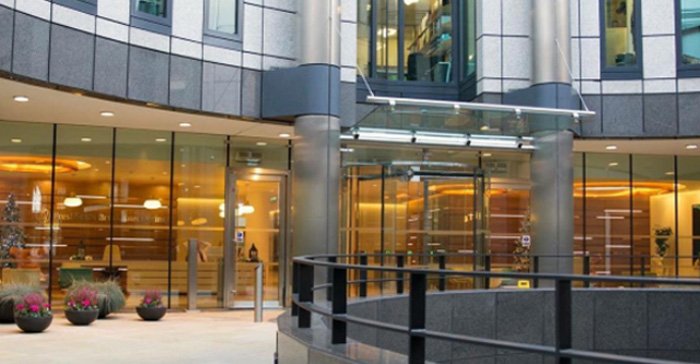Four out of five have now released their stats

Freshfields has revealed it has a gender pay gap of 13.9% mean and 13.3% median, the smallest of the magic circle firms released so far. Its bonus gap is 41% mean and 33.3% median.
The stats, which look at all employees at the firm and not just lawyers, have been released a few weeks before the 5 April deadline for the Equality Act 2010 (Gender Pay Gap Information) Regulations 2017 reporting. Other takeaways include that 64.5% of Freshfields’ women received a bonus last year versus 58.9% of men, and that female staff members who fall into the firm’s lowest pay quartile are actually paid, on average, 1.7% more than men.
More interesting for our readership is Freshfields’ snapshot look at trainee and associate pay. The magic circler stresses it pays its trainees equally, and releases a mean pay gap of 6% and a median of 7.4%. It says: “Although the population is split evenly between men and women across the whole associate group (50:50), the distribution of men and women changes when looking at each of the levels within our career framework with more men at the senior levels at present.”
Freshfields’ hourly rate gap is the narrowest in the magic circle (though note Clifford Chance hasn’t released its stats yet, so that may change). To give you a quick rundown, Slaughter and May‘s gap is 14.3% mean and 38.5% median; Linklaters‘ is 23.2% and 39.1%; and Allen & Overy’s 19.8% and 27.4%.
A few other firms have released their stats too since our last gender pay gap update. These include Reed Smith, where women’s mean hourly rate is 14.8% lower than men’s. The median statistic is 37.1%. The City outfit, whose secretarial support staff are all female, lists its mean gender bonus gap as 27.1% and its median as 13.2%.
The firm, though not required to do so by law, has also released its partnership data. Reed Smith had 77% male partners and, at this top level, the mean gender pay gap is 0.8% and the median is 8%.
Two more firms’ gender pay stats to be aware of belong to White & Case and Macfarlanes. The former is the first US firm to release its pay gap, this being 24% mean and 31% median. Its bonus gap, like many firms’, is higher: 45% mean and 71% median.
Over at Macfarlanes, the stats are as follows: 16.5% mean pay gap and 37.1% median — a figure “higher than we would like”, says the firm. The mean bonus gap is 31.7% and the median is 14.8%; 94% of men and 94% of women received bonuses.


